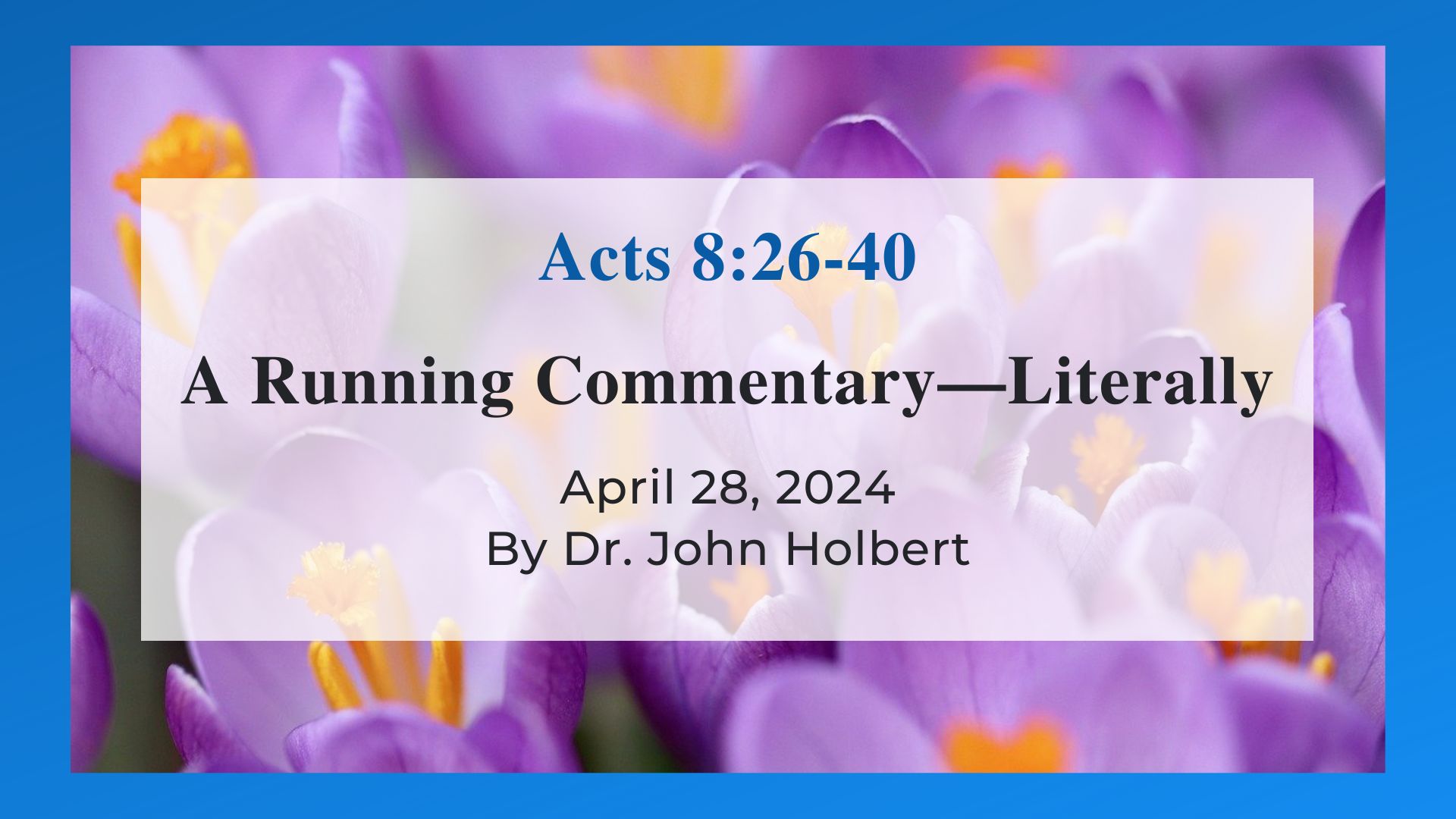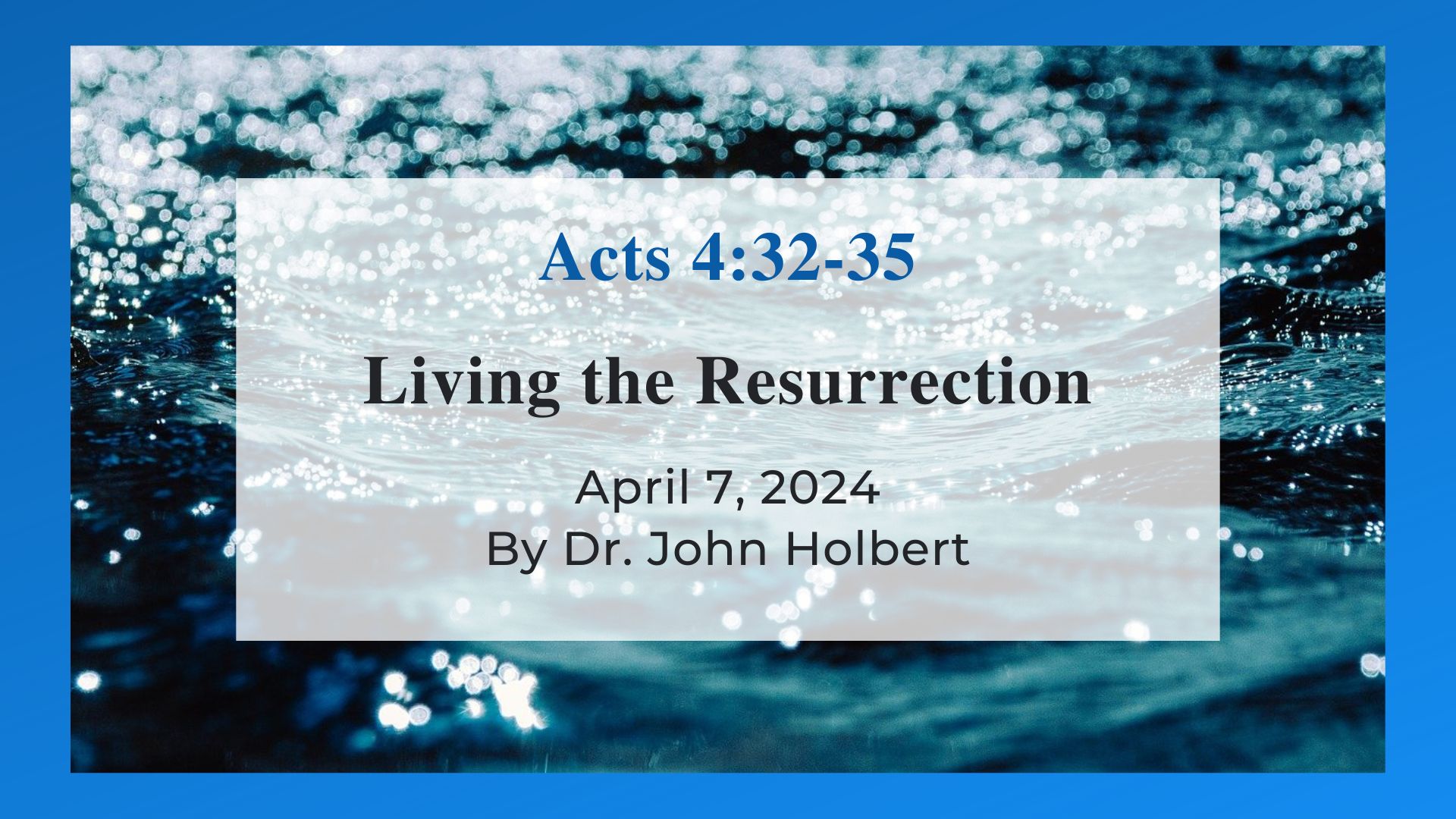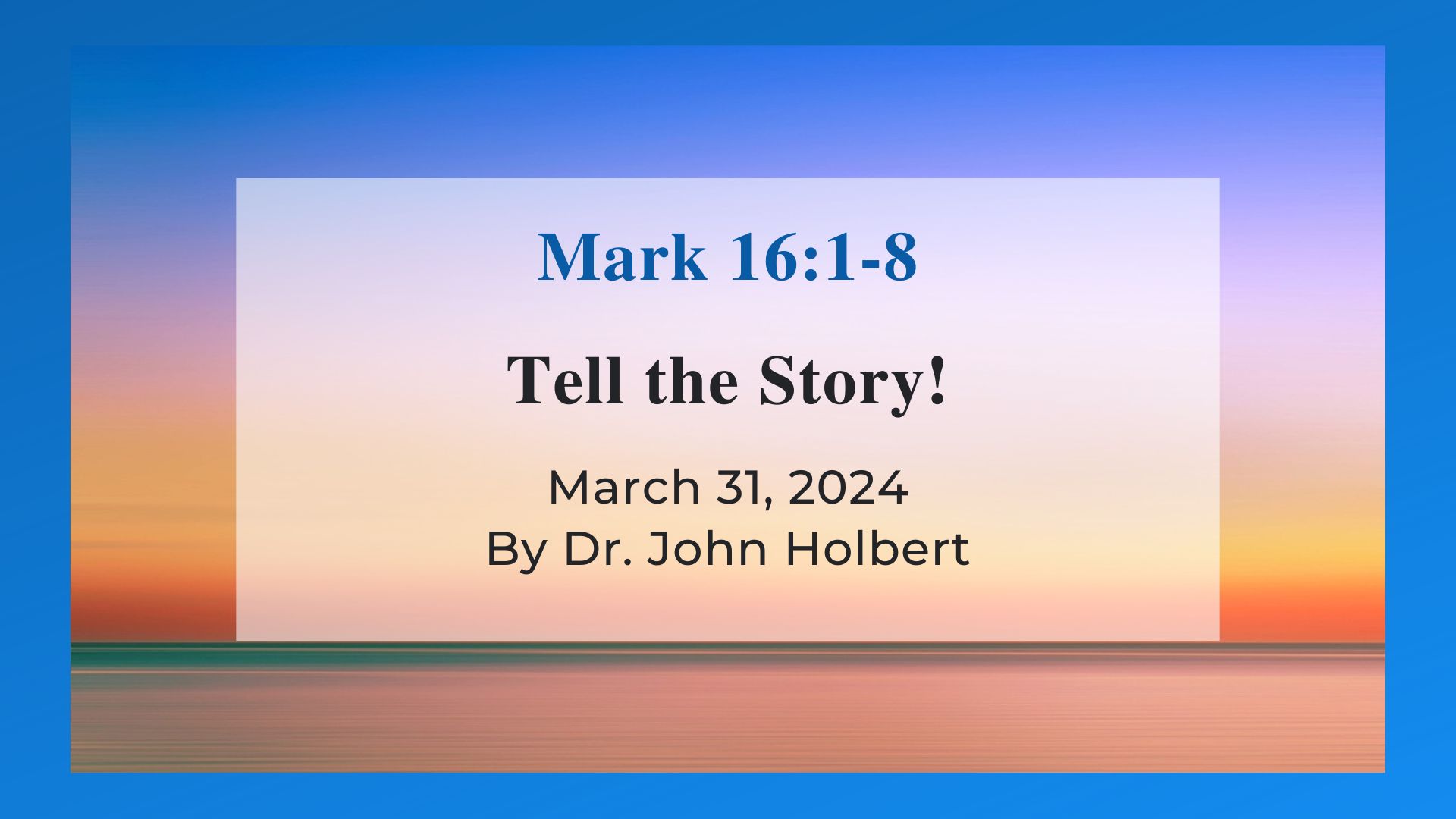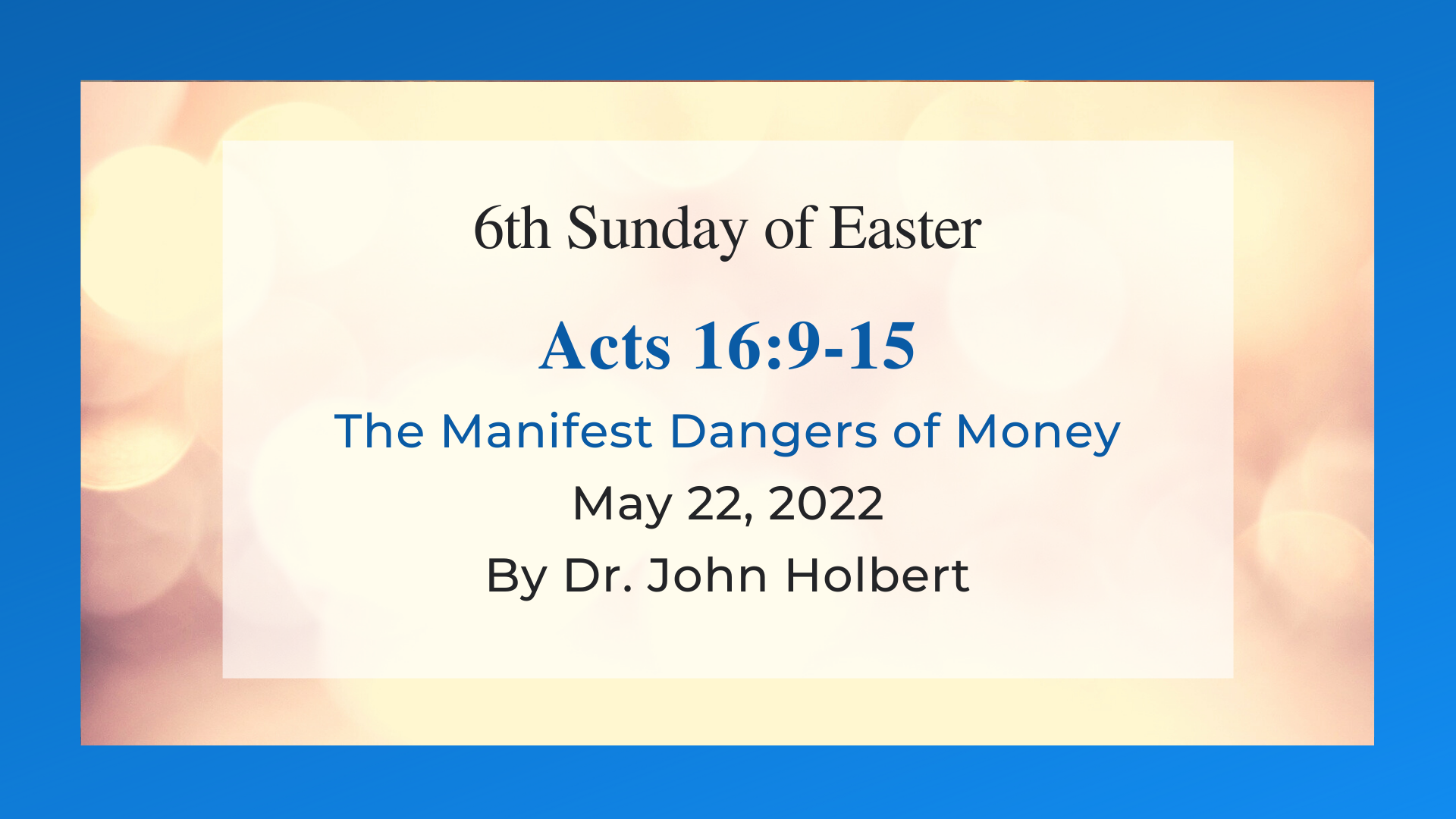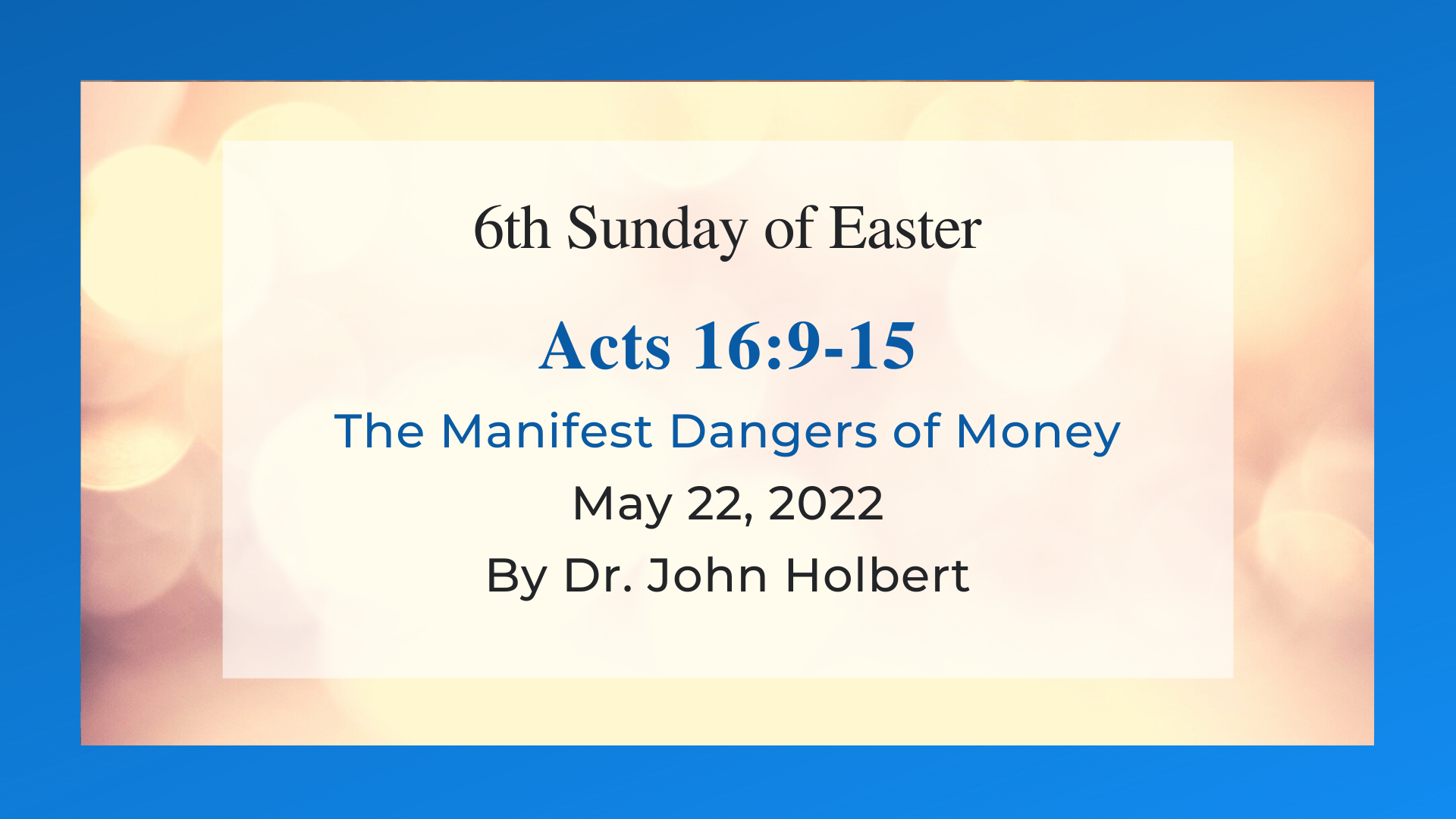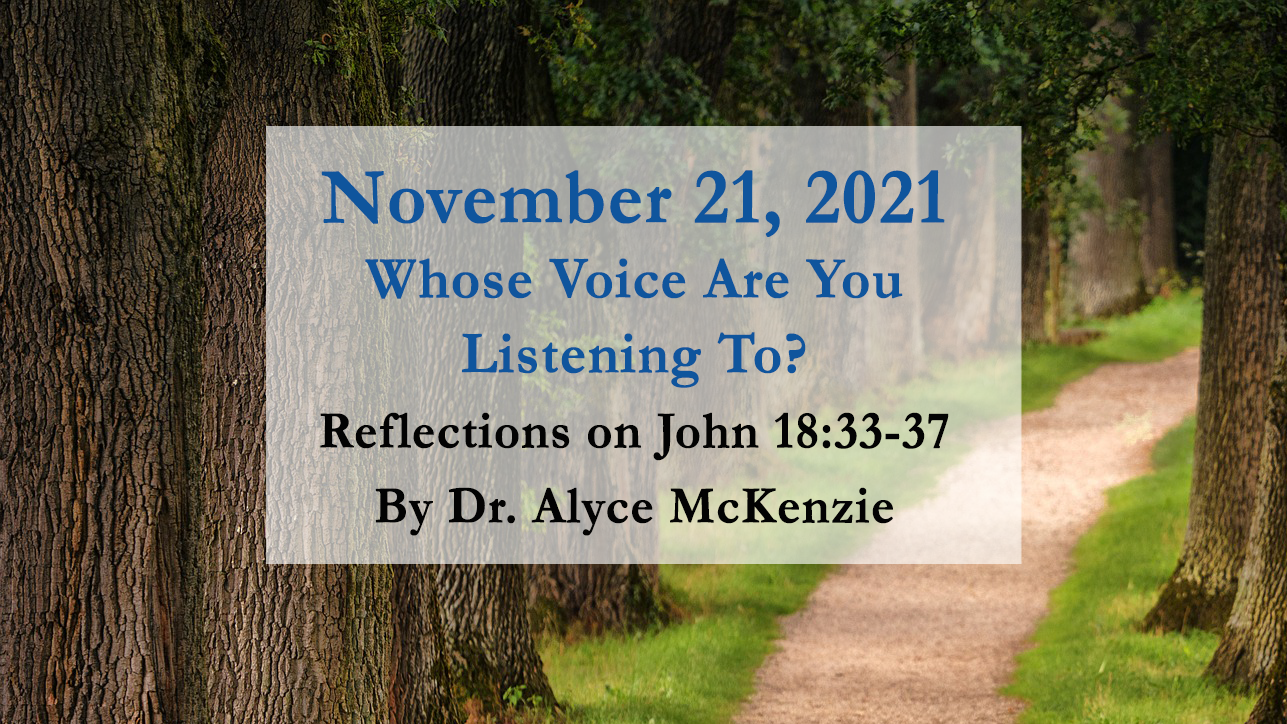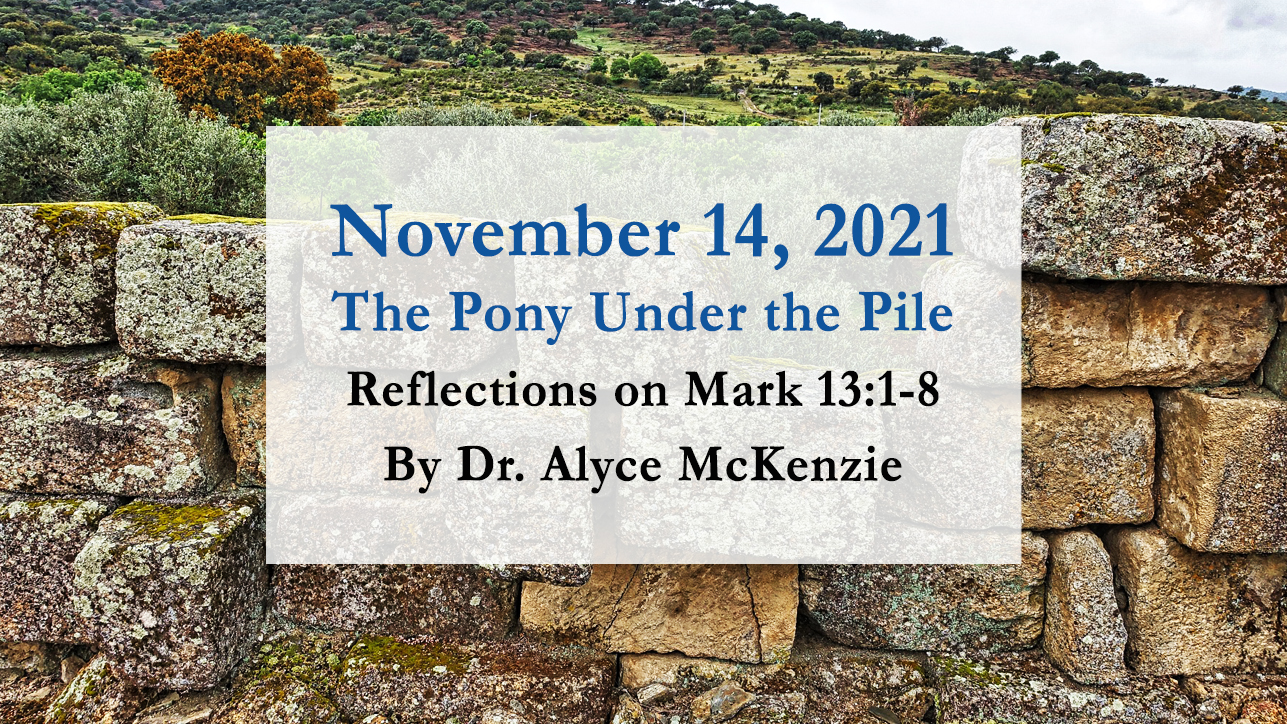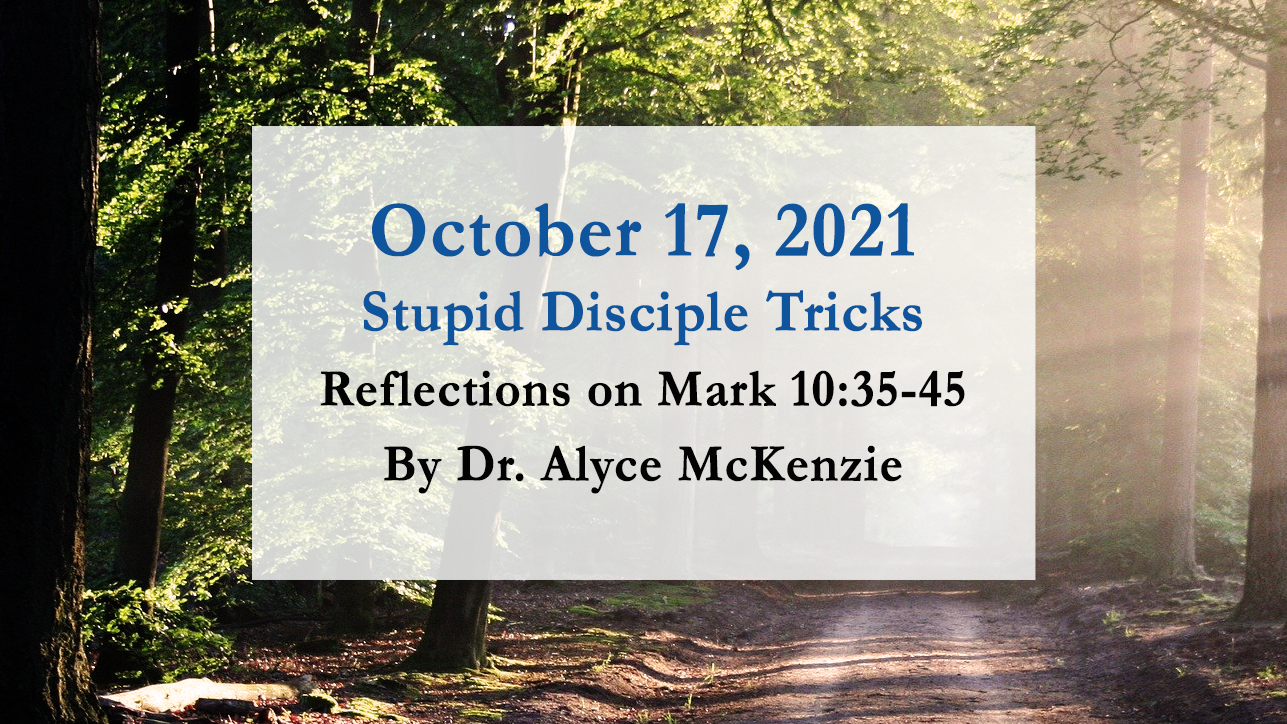A Tiny Text with Immense Significance - Reflections on Acts 10:44-48
Acts 10-15 presents to the reader the full implication of what the Gospel of Jesus Messiah actually means for the emerging Christian communities, as well as for Christian communities now. In these crucial chapters of Acts Peter comes to see that membership in the church of Jesus has nothing to do with being a citizen of a particular nation or being one who observes special customs that make one acceptable to God.


